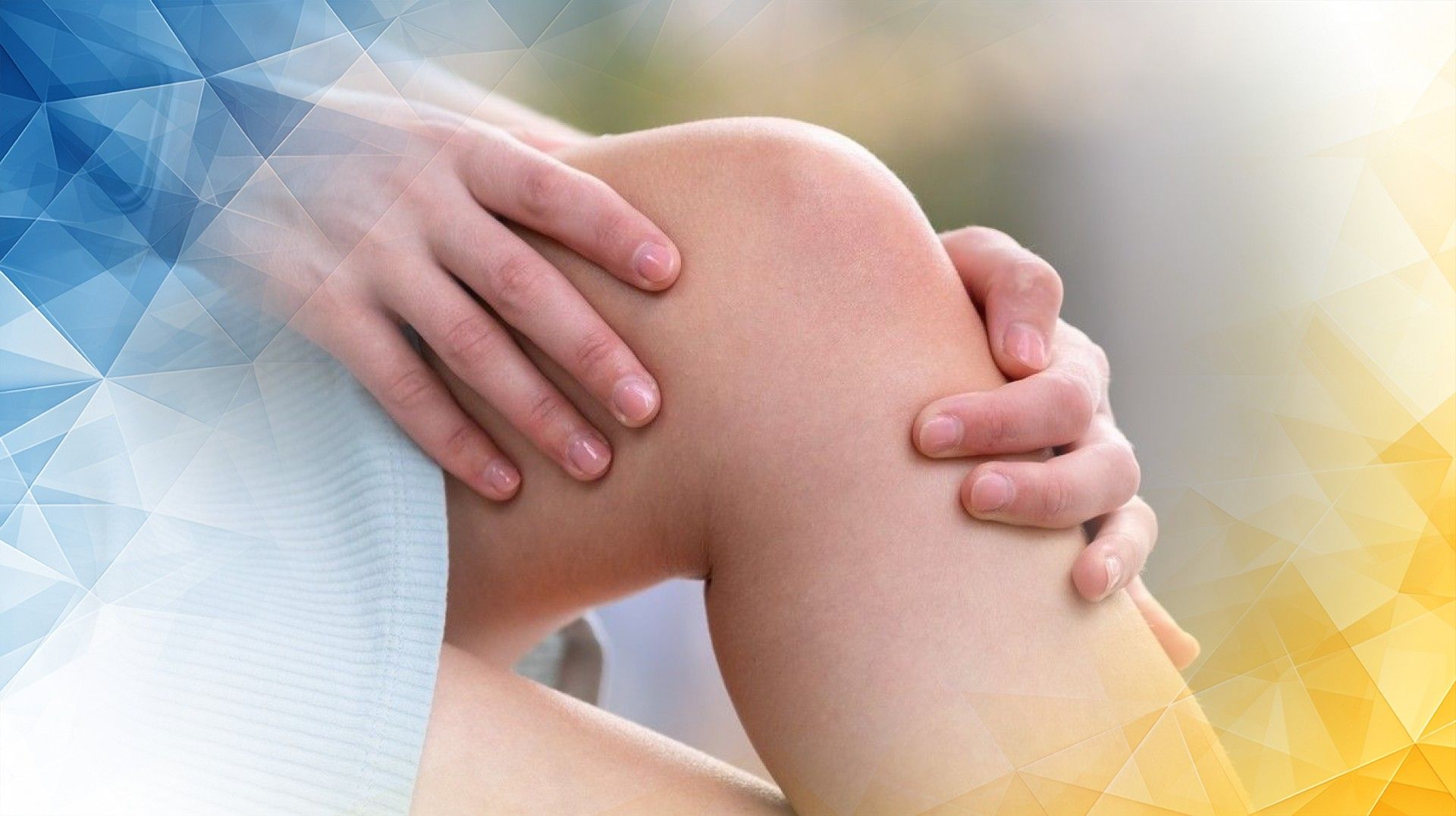



Knee pain is a widespread issue that affects people of all ages, often making daily activities challenging. While treatments like medications and physical therapy are common, many are looking for natural, gentle ways to relieve discomfort. That’s where massage therapy comes in—it’s a popular, non-invasive option that can help reduce pain and improve movement . This article highlights research-backed massage techniques you can try at home or with a professional. Whether your knee pain stems from arthritis, injury, swelling, or general soreness, these targeted massage methods can help you find relief and move more comfortably.
Research increasingly supports massage therapy as an effective way to ease knee pain . When you receive a massage, the pressure stimulates receptors in your skin that help block pain signals from reaching your brain, almost like turning down the volume on discomfort. Massage may also decrease levels of substance P—a chemical involved in pain and inflammation—around your knee .
Clinical studies suggest that massage sessions of 10 to 15 minutes, two to three times per week, can produce noticeable improvements. Experts in pain medicine have even described massage therapy as “an evidence-based supportive care strategy that can be employed as part of a comprehensive pain management plan” (Buckenmaier et al., 2016). This means massage can be a safe and effective addition to other treatments, such as exercise and medication, when managing knee pain .
There are several massage methods that target knee pain, ranging from professional techniques to self-massage you can do at home. Professional deep tissue massage aims to loosen tight muscles and boost blood flow around the knee, reducing stiffness and aiding recovery.
If you’d like to try self-massage, it’s simple and can be done in a few minutes. Start by locating the tender areas around your kneecap and the tendons just above and below it. Using your fingers, gently press and make small circular motions on these spots. Enhancing your massage with essential oils like lavender or eucalyptus may help relax muscles and further reduce inflammation.
Massage isn’t just about comfort—it supports joint health by improving blood flow and reducing swelling, which are key for decreasing pain and improving knee mobility.
Adding massage to your knee pain management plan offers several benefits. Not only can it help you rely less on pain medications and their potential side effects, but it may also increase your flexibility and make staying active easier.
However, some precautions are important. Avoid massaging a newly injured or acutely painful knee —when in doubt, consult a healthcare professional first. If your pain fails to improve or gets worse despite massage, check in with your doctor to explore other treatment options.
Massage therapy is a natural, research-supported approach for relieving knee pain and improving movement. Whether you choose professional sessions or self-massage at home, these techniques can provide genuine relief and help you regain mobility. As highlighted by Buckenmaier et al. (2016), massage therapy is still underutilized in many pain management plans—but adding these methods to your self-care routine can empower you to manage your knee pain more effectively. Try incorporating massage into your day and discover how it can help you maintain strong, pain-free knees , and a more active lifestyle.
Buckenmaier, C. C., Cambron, J. A., Werner, R., Buckenmaier, P., Deery, C., Schwartz, J., & Whitridge, P. (2016). Massage therapy for pain—call to action. Pain Medicine, 17(7), 1211-1214. https://doi.org/10.1093/pm/pnw092
Khoirunnisa, F. N., Indrianingrum, I., & Tristanti, I. (2019). The effectiveness of circular hip massage and knee press massage toward intensity change of labor pain. Jurnal Kesehatan Masyarakat, 15(1), 44-52. https://doi.org/10.15294/kemas.v15i1.15783
Korean Knee Society. (2012). Guidelines for the management of postoperative pain after total knee arthroplasty. Knee Surgery and Related Research, 24(4), 201-207. https://doi.org/10.5792/ksrr.2012.24.4.201
All our treatments are selected to help patients achieve the best possible outcomes and return to the quality of life they deserve. Get in touch if you have any questions.
At London Cartilage Clinic, we are constantly staying up-to-date on the latest treatment options for knee injuries and ongoing knee health issues. As a result, our patients have access to the best equipment, techniques, and expertise in the field, whether it’s for cartilage repair, regeneration, or replacement.
For the best in patient care and cartilage knowledge, contact London Cartilage Clinic today.
At London Cartilage Clinic, our team has spent years gaining an in-depth understanding of human biology and the skills necessary to provide a wide range of cartilage treatments. It’s our mission to administer comprehensive care through innovative solutions targeted at key areas, including cartilage injuries. During an initial consultation, one of our medical professionals will establish which path forward is best for you.
Contact us if you have any questions about the various treatment methods on offer.
Legal & Medical Disclaimer
This article is written by an independent contributor and reflects their own views and experience, not necessarily those of londoncartilage.com. It is provided for general information and education only and does not constitute medical advice, diagnosis, or treatment.
Always seek personalised advice from a qualified healthcare professional before making decisions about your health. londoncartilage.com accepts no responsibility for errors, omissions, third-party content, or any loss, damage, or injury arising from reliance on this material. If you believe this article contains inaccurate or infringing content, please contact us at [email protected].